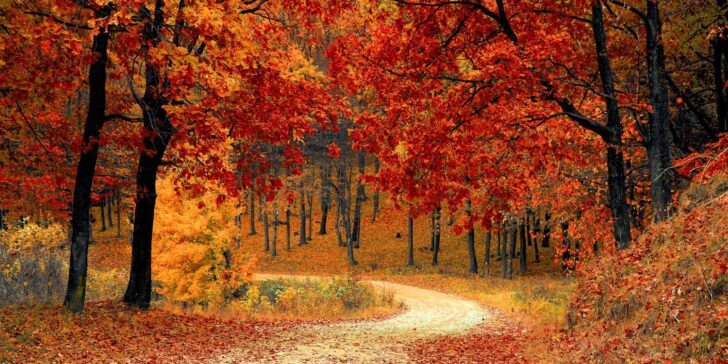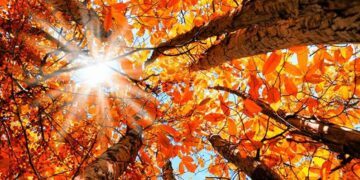As summer fades, we bid farewell to the warm days and welcome fall, transitioning us into the colder months.
It’s a season of vibrant colors and cozy vibes, but beyond that, it also holds mysteries and marvels that intrigue us every year.
If you’ve ever wondered why leaves change color or how fall got its name, we’ve got you covered!
From celestial events to natural phenomena, here are 15 fun facts about fall that will amaze you.
Fall is harvest season.
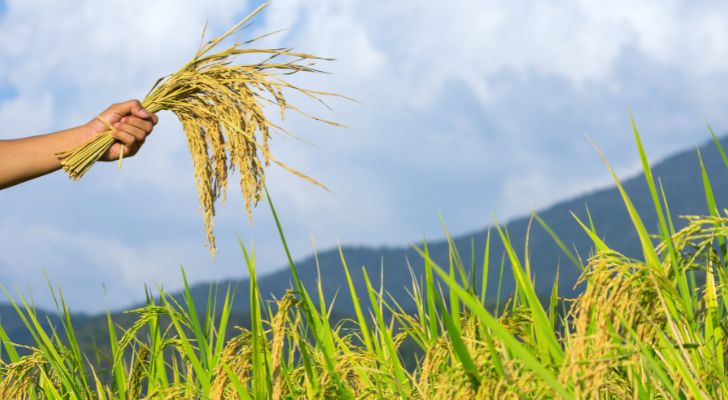
Fall is harvest time for farmers because many crops, such as pumpkins, squash, apples, and grapes, are ripe and ready to be gathered.
Everything has been growing big and healthy throughout spring and summer, and they’re ready for the picking.
Interestingly, before “fall” and “autumn,” this season was simply known as the harvest season.
“Harvest” itself traces back to the Old English word hærfest, which refers to gathering crops, though the specific origin remains unknown.
People who travel to see the vibrant leaf colors of fall are called “leaf peepers.”
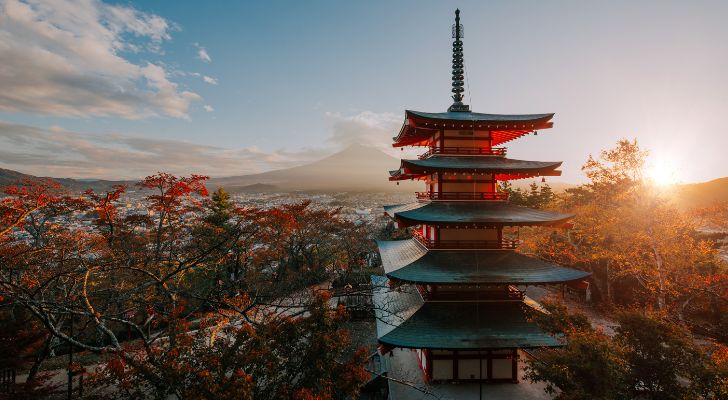
Leaf peepers, as they’re known in the US and Canada, will often travel great distances to capture photos and videos of fall’s splendor.
Popular destinations for these types of tourists include Lake Placid, New York, Taos, New Mexico, and Aspen, Colorado.
The appreciation of fall colors isn’t restricted to North America, of course. This activity in Japan is known as Momijigari, from the words momiji (red leaves or maple tree) and kari (hunting).
Trees drop their leaves in the fall to protect themselves from the cold.

If their leaves remained on the tree, they would freeze and rupture, rendering them useless for growing food and susceptible to damage from wind and snow.
The process begins when the tree stops producing chlorophyll, the green photosynthesizing pigment in leaves.
As chlorophyll production ceases, the green color fades, revealing the vibrant fall colors we all admire.
Subsequently, each leaf’s stem is severed by the tree itself, and the leaf gently falls to the ground.
Learn more about this fascinating process here!
The term “fall” traces back to the 1500s.
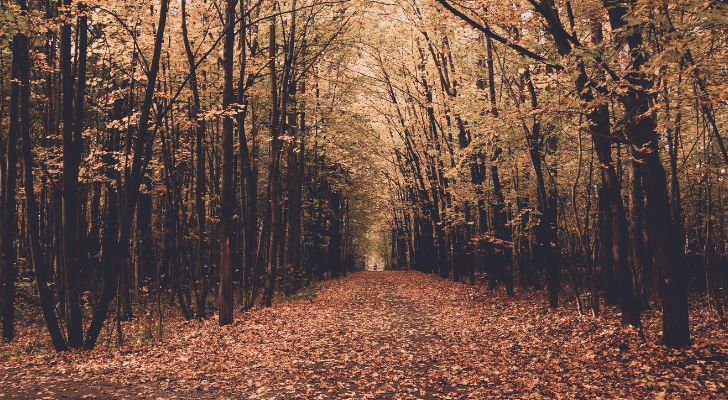
Whether you refer to this season as fall or autumn largely depends on where you grew up.
In the late 1300s, though, nobody referred to this season as fall. They only called it “autumn,” which itself came from France’s autompne and the Latin autumnus.
It wasn’t until the 1500s that people in England began calling it fall, from the phrase “the fall of the leaf.”
By the 1600s, “autumn” reigned supreme in England, and “fall” went to North America.
The color of fall leaves depends on their sugar content.
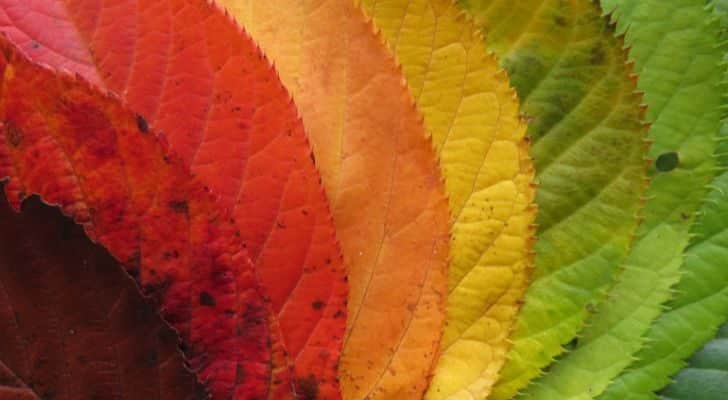
Leaves generate a lot of sugar during sunny days. But in the fall, when temperatures drop, the veins of leaves get clogged, trapping the sugars inside the leaves.
Anthocyanin pigments form when leaves have high sugar levels, and this causes them to turn red, purple, or crimson.
On the other hand, leaves turn yellow or gold when they produce carotenoid pigments, which are always present in the leaves and are less dependent on the amount of sugar trapped in them.
Clocks are often set back one hour during fall.

This occurs as some countries, like Canada and New Zealand, switch from Daylight Saving Time (DST) back to standard time.
The phrase often used for this practice is “spring forward, fall back.”
Daylight Saving Time is most often used in countries further from the equator. Countries near it don’t need DST as they experience minimal changes in their daylight hours throughout the year.
India’s biggest festival takes place in the fall.
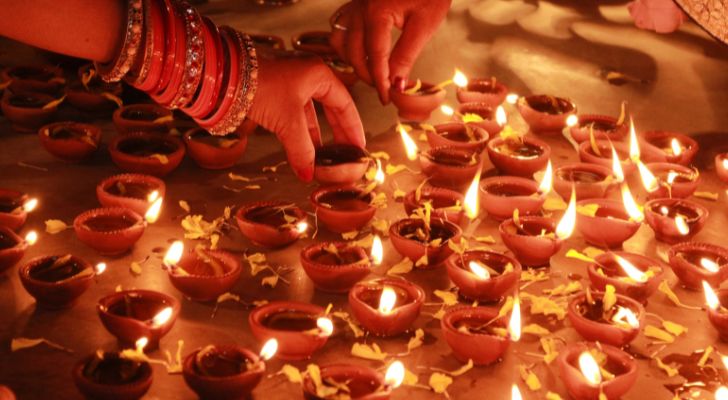
Diwali, the Hindu festival of lights, is celebrated over five days during a period between mid-September and mid-November.
This fall festival represents the triumph of light over darkness, litting up the homes and streets of India (as well as other Hindu countries) with bright candles, lanterns, and fireworks.
Diwali is particularly spectacular at night, as fall’s cooler temperature causes clearer night skies that emphasize the festival’s lights!
The first full moon closest to the start of fall is called the “Harvest Moon.”
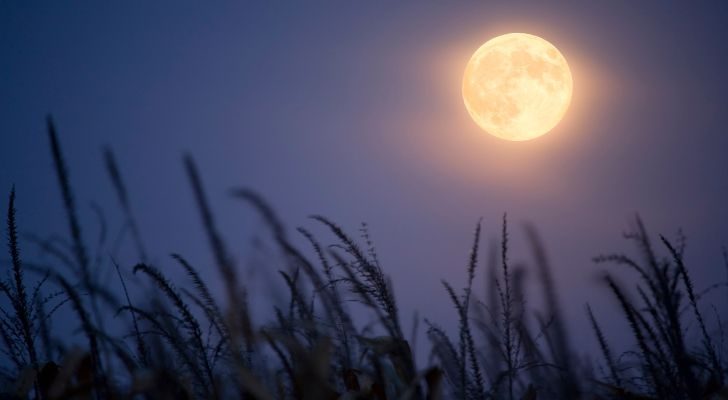
It can happen in September or October, and farmers used to depend on its bright light to harvest crops in the evening when electricity in the days before electricity.
Harvest moons often appear orange as they sit above the horizon.
This is because the atmosphere scatters shorter wavelengths like blue, letting longer wavelengths like orange and red pass through.
Auroras are stronger during fall.
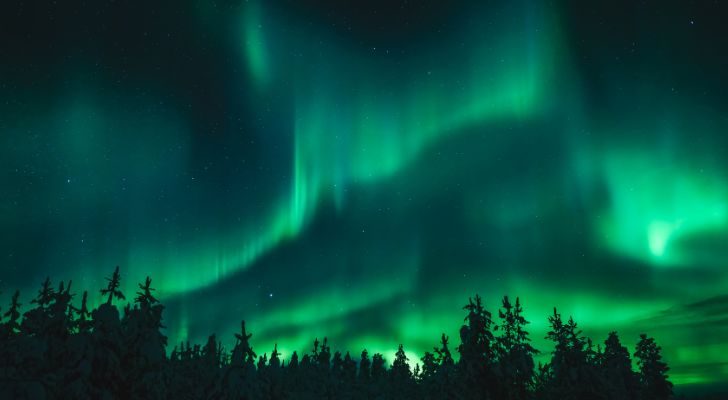
The Earth’s and the Sun’s magnetic fields interact more intensely during the spring and fall equinoxes.
This happens because the magnetic fields of the Earth and Sun line up to allow solar wind to enter the Earth’s atmosphere more easily, creating stronger auroras.
To the naked eye, regular-strength auroras typically look slightly gray. However, stronger auroras appear in a muted, ghostly green!
In Greek mythology, the story of Persephone is linked to the fall season.

Persephone, the daughter of Demeter, the Goddess of Harvest, was taken by Hades, the king of the Underworld.
Hades then offered her six pomegranate seeds to eat, which bound her to him.
When Demeter discovered where Persephone was, a compromise was struck: Persephone would spend part of the year with her mother, resulting in bountiful harvests, and the remainder with Hades in the Underworld.
During the time when Persephone returns to the Underworld, Demeter mourns, causing the land to become cold and barren, explaining the change in seasons.
Fall leaves have countless uses.

The most classic of uses would be to shred them and use them as mulch. When spread over soil, it provides a protective layer to retain moisture, suppress weeds, and shelter plants from the elements.
You can also add fall leaves to your compost heap. They’re a great brown material to mix with green materials like grass clippings, turning into nutrient-rich compost.
If gardening isn’t your thing, though, you can also use fall leaves for fun projects like making seasonal suncatchers, colorful leaf lanterns, or dried autumn leaf wreaths!
“Indian Summer” is a period of warm, dry weather in fall.
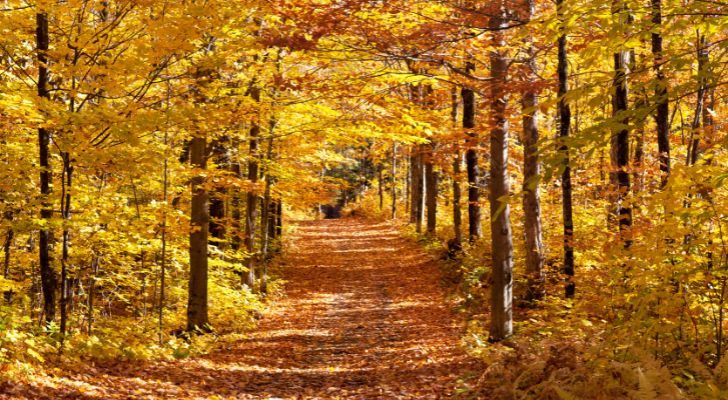
It occurs around late October or November in the central and eastern United States.
The term originated in New England and is believed to have been inspired by Native Americans who used this unusually warm weather to gather their last harvests before winter.
This warm autumn period isn’t unique to North America, though. It also occurs across Europe and is known as All-hallown Summer or Old Wives’ Summer in England.
The days get shorter during the fall.

After the autumn equinox, when day and night are nearly equal, the Earth’s North and South Poles start to tilt further away from the Sun as it orbits.
This astronomical event explains why we experience numerous seasons throughout the year.
The autumn equinox occurs at different times, though, depending on whether you’re in the Northern or Southern Hemisphere.
For the former, fall typically starts around September 22 to 23, while the latter experiences this season around March 20 to 21.
To prepare for winter, squirrels bury up to 3,000 nuts during fall!
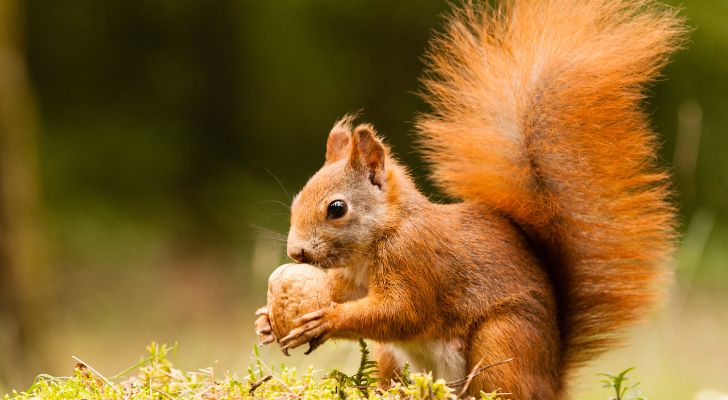
They don’t just hide them randomly, though. They spread their nuts across several locations and can (mostly) remember where they put them.
Research shows that squirrels use strategies to ensure they find their nuts later.
They use two methods: larder hoarding, where they bury all their nuts in one or two spots, and scatter hoarding, where they hide them in many places.
Also, factors like food type, location, and the presence of other squirrels help them decide which method to use.
This clever planning helps them survive through the cold winter months when food is typically scarce.
China has a festival to celebrate the fall season.
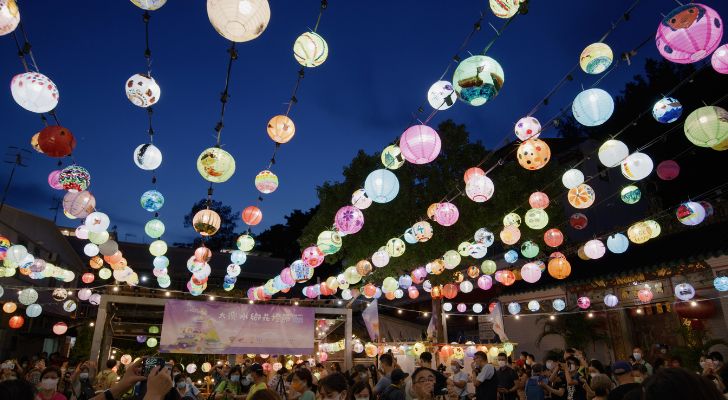
Known as the Mid-Autumn, Moon, or Mooncake Festival, this festival celebrates the harvest season and the moon goddess Chang’e.
It happens on the 15th day of the 8th month of the Chinese lunisolar calendar, which is around mid-September to early October in the Gregorian Calendar.
The moon is believed to be at its fullest size and, therefore, brightest on the night of the Mid-Autumn Festival, symbolizing prosperity and good luck.
Exploring the fall season uncovers a rich blend of cultural traditions, natural wonders, and celestial events.
Combined with fall’s beautiful scenery, these elements create an enchanting and much-awaited season.
As we transition from longer days to the cozy chill of cooler weather, let’s appreciate the diverse experiences fall offers, reminding us of nature’s consistent rhythms and the beauty of change.

